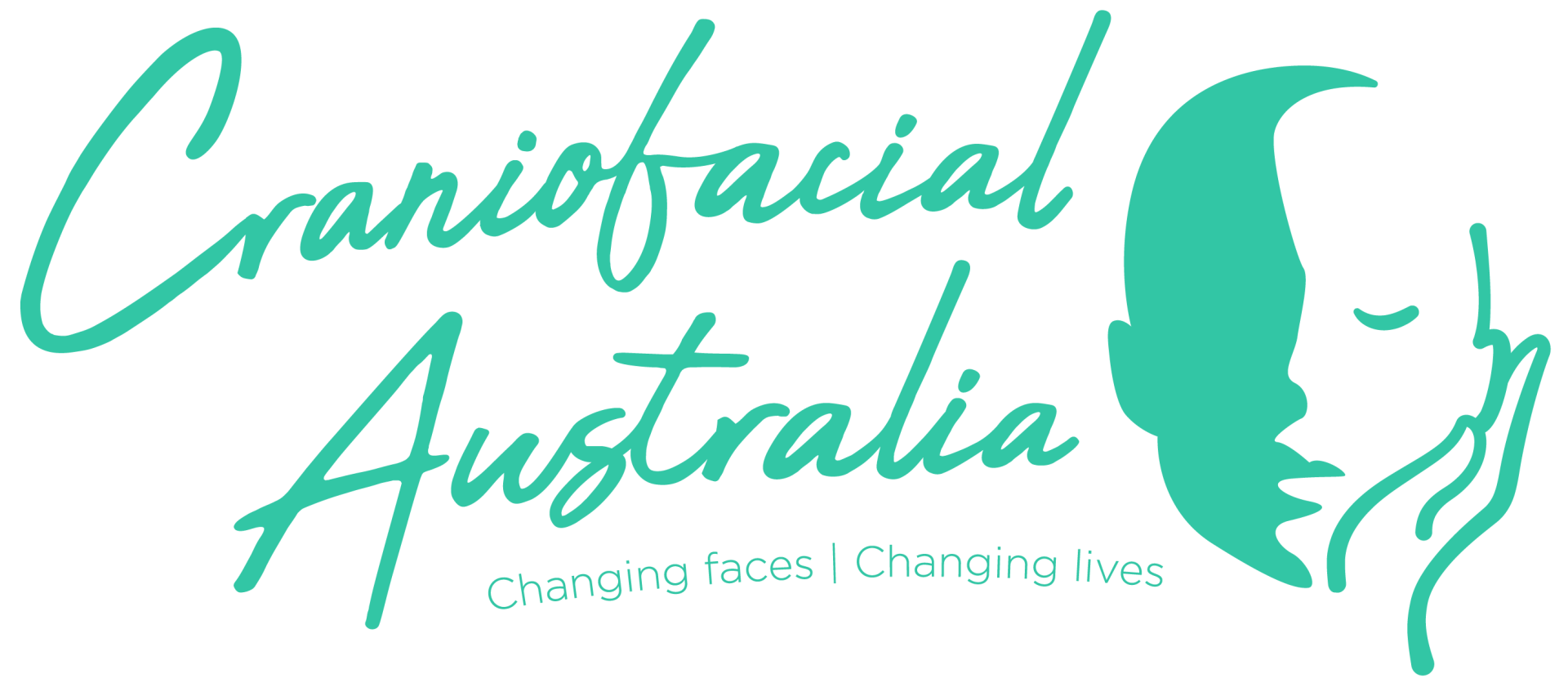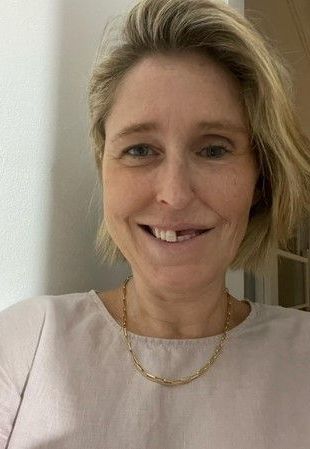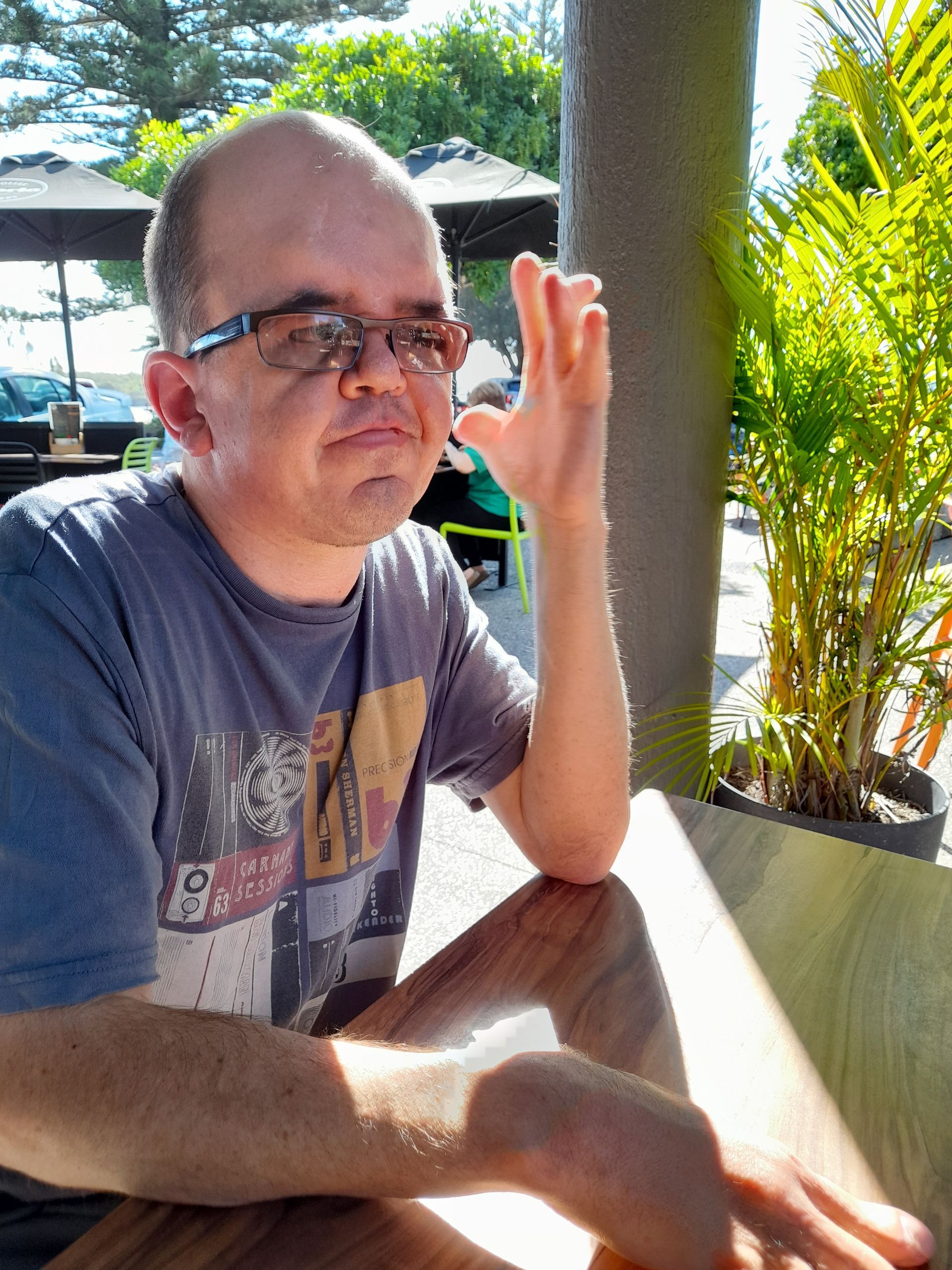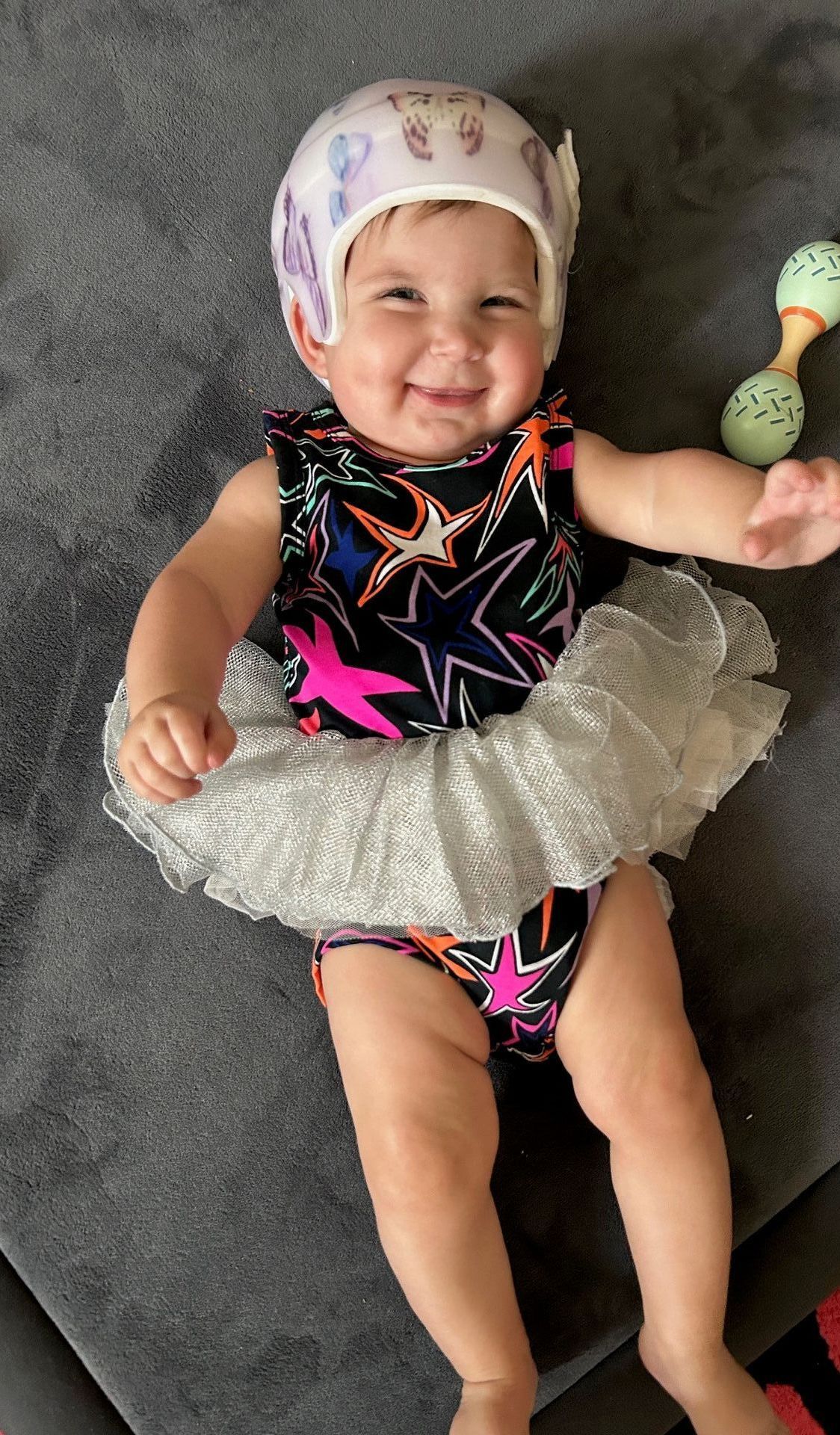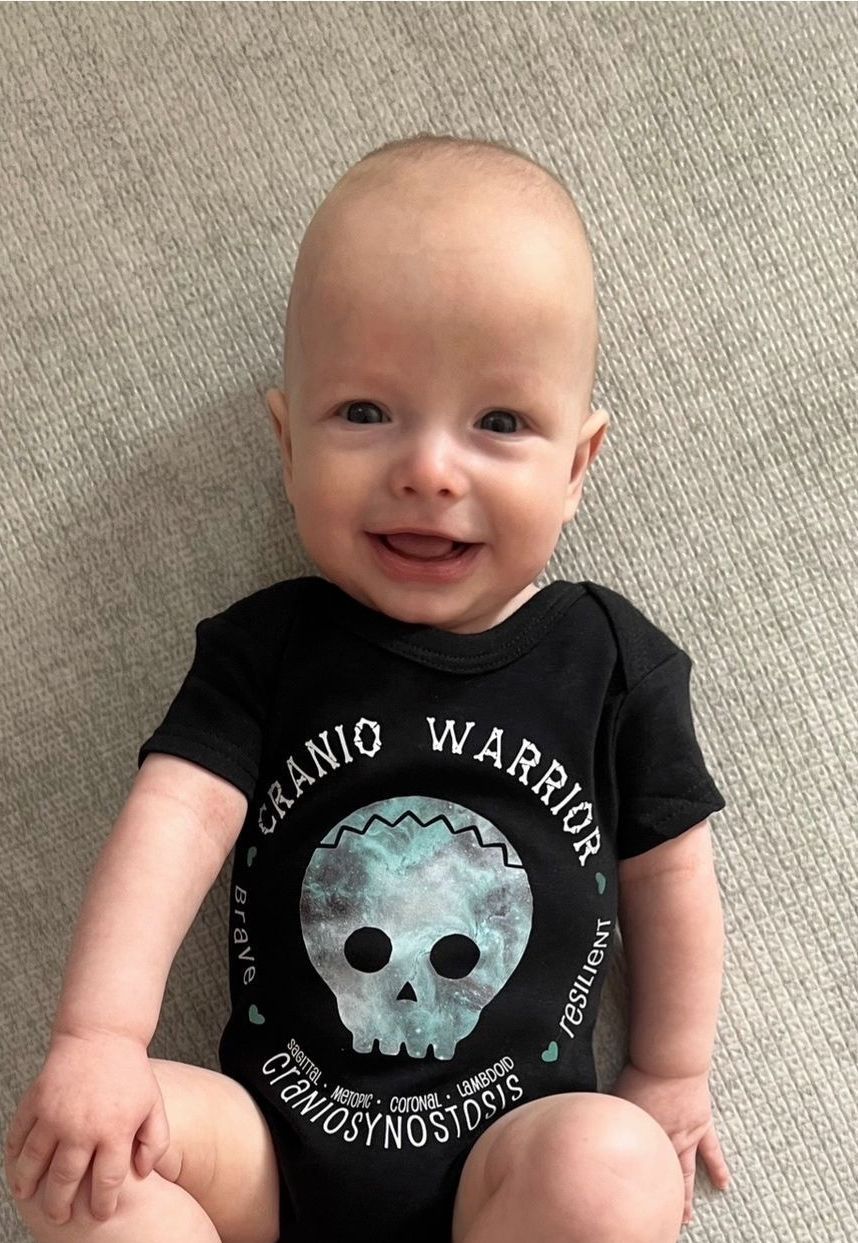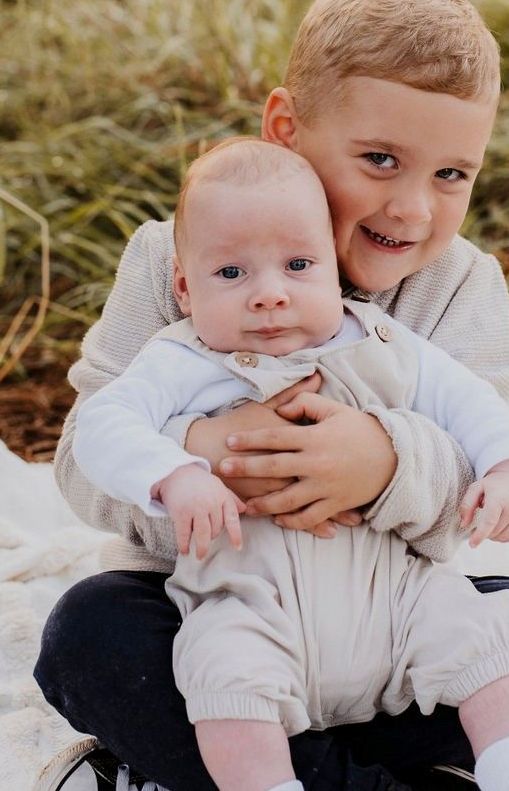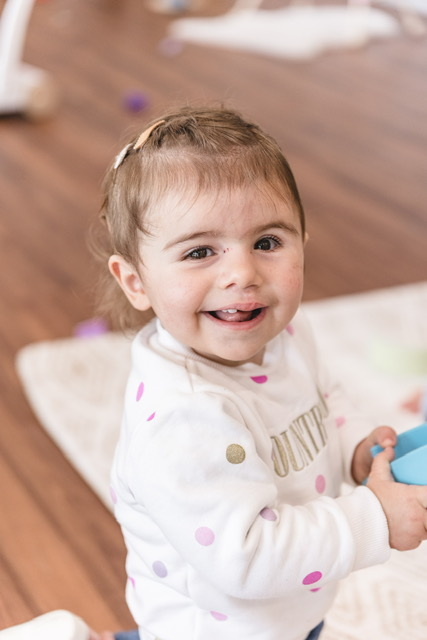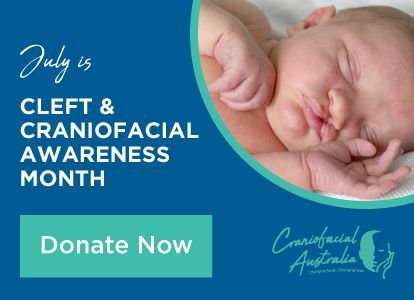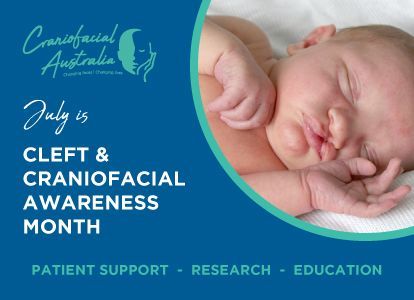

Ripley's Story
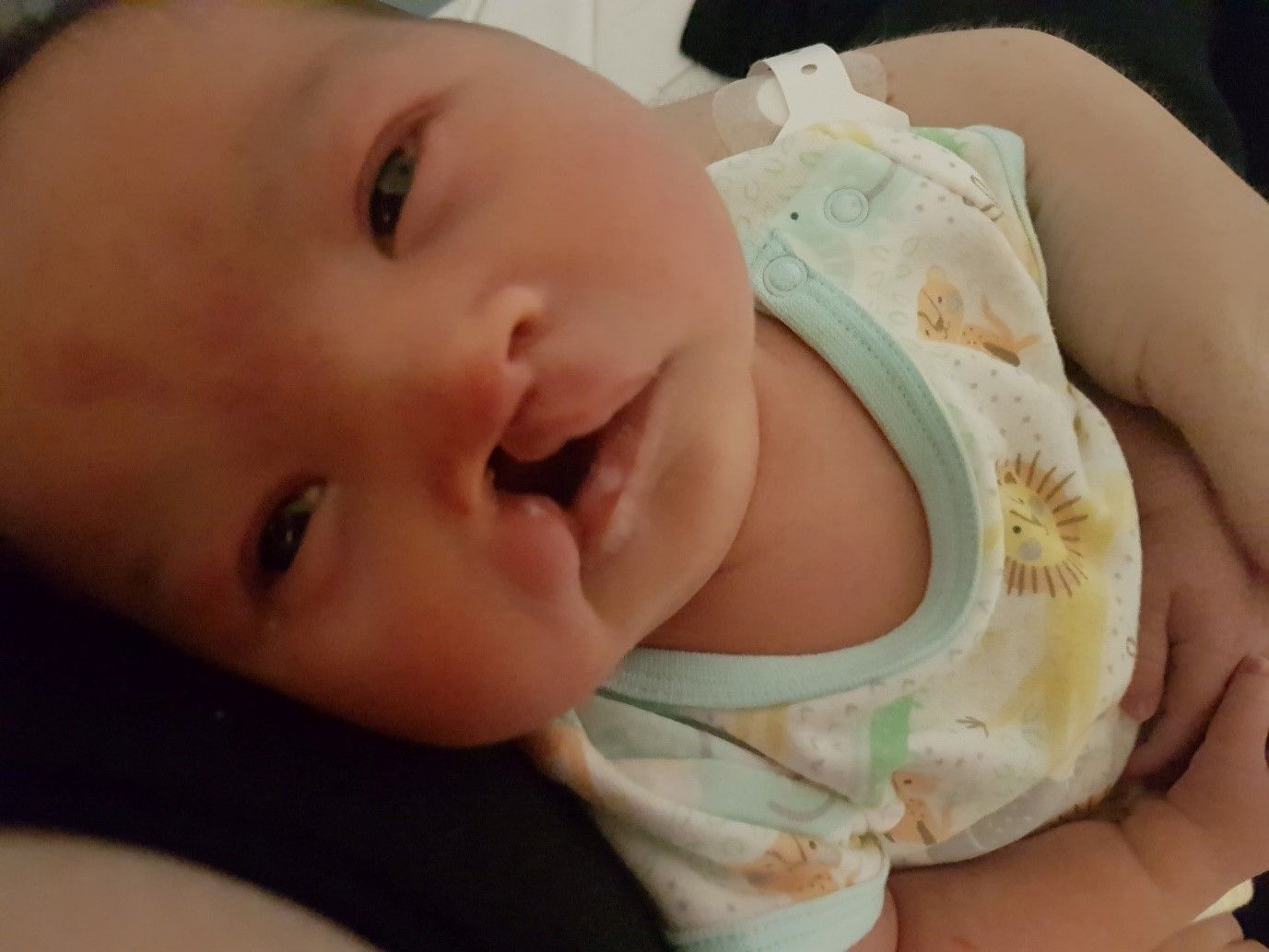
Following her routine 20 week ultrasound scan, Mum Angel was called in to her GP’s office.
“The baby we’d been trying for for almost three years would be born with a significant (1cm+) cleft lip and palate. We didn’t know what to expect, but our GP told us how common it is (one in approximately 800 babies born in Australia), and that there is a special team at the children’s hospital dedicated to children born with clefts, so not to worry”.
Angel reflects that as parents, you do worry and they went to see one of the surgeons from the cleft team privately for peace of mind. The surgeon explained just how well their daughter would be looked after when she was born and the various surgeries and appointment types to expect following their baby’s birth.

“I cannot fully express how devastating it felt to think that hospitals and surgeries would be her “norm” throughout childhood. We were also concerned that there might be additional issues not picked up by the scan, so I underwent amniocentesis to rule out any further complications as much as possible. It was a scary time for us, and our family, friends and colleagues rallied around to help us get through it”.
Baby Ripley was born - utterly perfect and amazing, cleft and all. She spent the first 24 hours in the hospital nursery under observation to ensure she could feed properly. Ripley’s parents were taught to bottle feed her with a squeezy bottle. As cleft babies can not be breastfed, Angel began the long journey of exclusively expressing.
The family was transferred to the children’s hospital for four days and upon further testing it was found that Ripley also had atresia (total deafness) in her right ear, the same side as the cleft.
“Despite this, we felt really supported by the health system and grateful to be in Australia with access to Medicare. We didn’t have to worry about costs and could solely focus on our daughter’s wellbeing. The cleft dental team put together a plate for her to wear, which would encourage her maxilla (gum) to grow optimally for the future planned surgeries, and we were given a cute little “bonnet and strap” for her to wear to encourage her lip to grow in the same way. It took some getting used to, for her and for us, but we took it in our stride”.
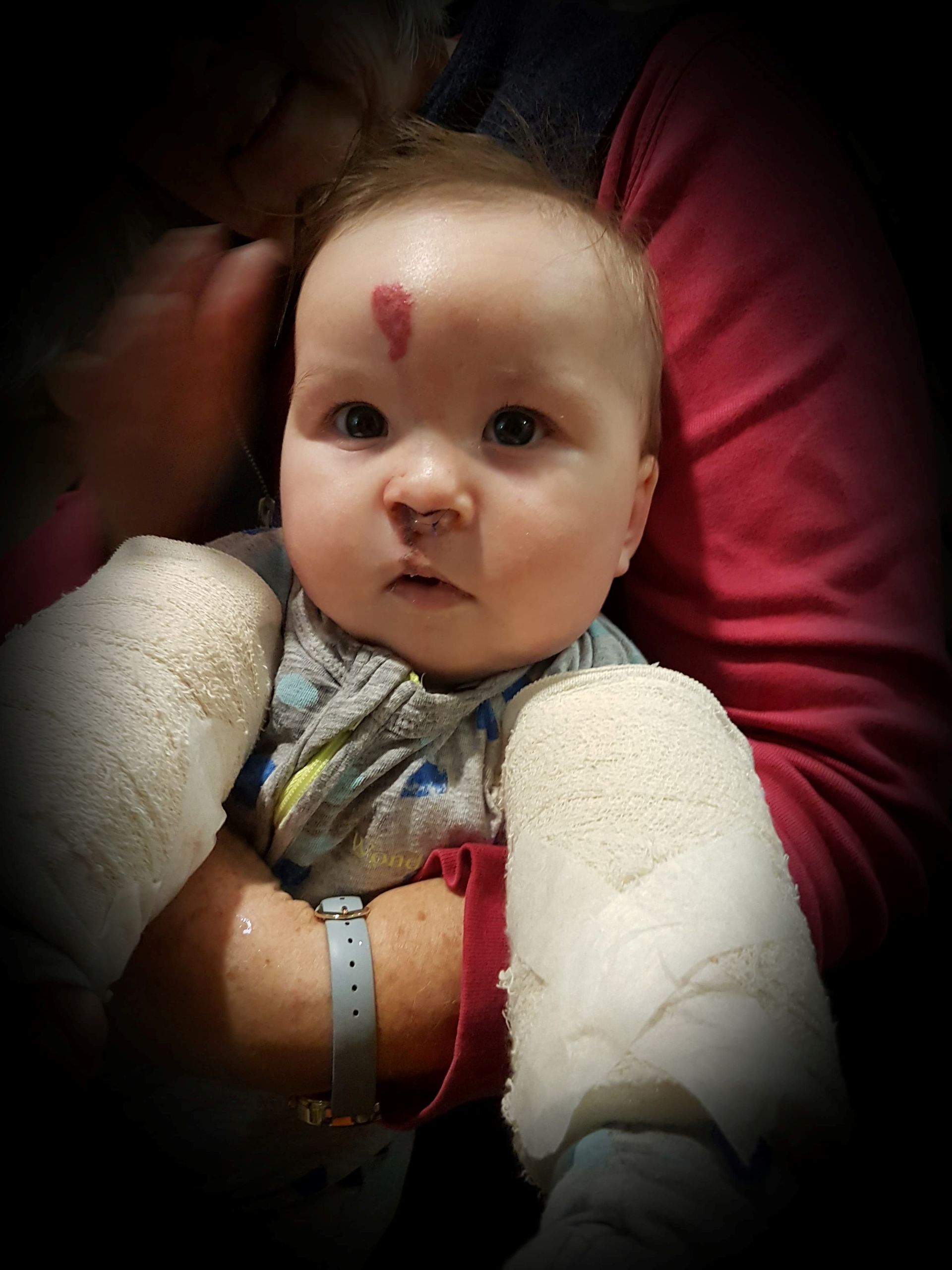
COVID delayed Ripley's treatment but at six months old, Ripley had her first surgery – lip repair. She was in hospital for several nights and afterwards, wore arm braces for two weeks to stop her from touching her mouth. Despite these challenges, it was heartwarming to see Ripley discover her top lip for the first time, licking it and making new sounds.
At nine months, she had her second surgery – palate repair and another few nights in hospital. As the cleft was significant, this was a more complicated surgery but it went well and she recovered quickly.
Ripley has ongoing speech pathology to help her to form the sounds that don’t come easily when you haven’t had a top lip or palate for the first year of your life.
“She works really hard on her pronunciation, and we are lucky to have help from a team of experts who understand her specific needs as a 'cleftie'. We are so proud of how far she has come, and we know that no matter how tough the road ahead, she’ll meet it head-on, as she has done her whole life. She’s the most incredible little girl, with a little warrior scar under her nose making her extra special,” Angel explains.
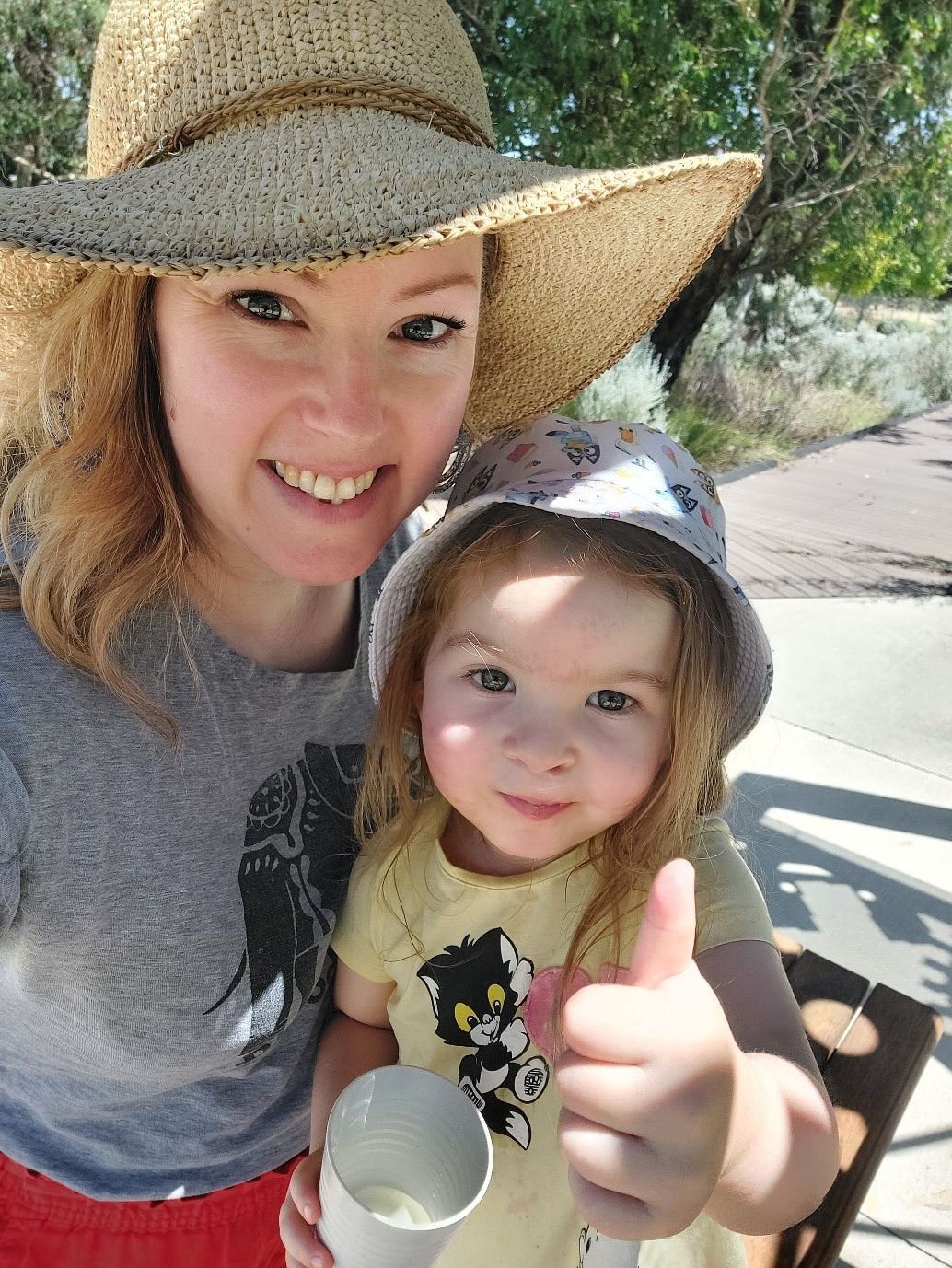
THANK YOU ANGEL, RIPLEY AND FAMILY FOR SHINING A LIGHT ON THE HIGHS AND LOWS OF YOUR JOURNEY THIS CLEFT AND CRANIOFACIAL AWARENESS MONTH.
Read more Cleft & Craniofacial Stories
YOU are the beacon, the shining light and the reason why awareness matters. This community of shared stories makes an impact, as do donations that help further our mission.
-
City skyline
Photo By: John DoeCathy's Story -
Birthday Sparks
Photo By: John DoeElla's Story -
Fashion Magazine
Photo By: John DoeReuben's Story -
Blurred Lines
Photo by: John DoeElliot's Story
204 Melbourne Street
North Adelaide SA 5006
Phone: (08) 8267 4128
Email: info@acmff.org.au
Sign up for our e-Newsletter
Welcome to the Craniofacial Australia family. We are thrilled to have you join this incredible craniofacial community of ours. At the centre are our families affected by a wide range craniofacial conditions, but an equally important part are our amazing donors, supporters, volunteers, researchers and medical professionals. Thank you for joining our community.
You will now receive our quarterly Newsletter – Changing Faces Changing Lives.
Don't forget to join our community on Facebook and Instagram, where you'll find regular updates on our craniofacial families and all the other happenings at the Foundation.
If you have any questions about our work or want to find out how you can get involved further, please do not hesitate to contact us direct.
If there’s scope to include a banner (such as the email footer banner below) which links to our donate page that would be great).
Many thanks,
Craniofacial Australia
P: (08) 8267 4128
Please try again later.
Registered Charity: CCP2573 | ABN: 29 008 155 780
All Rights Reserved | Craniofacial Australia
Web Design by Ignite Signs + Visual
